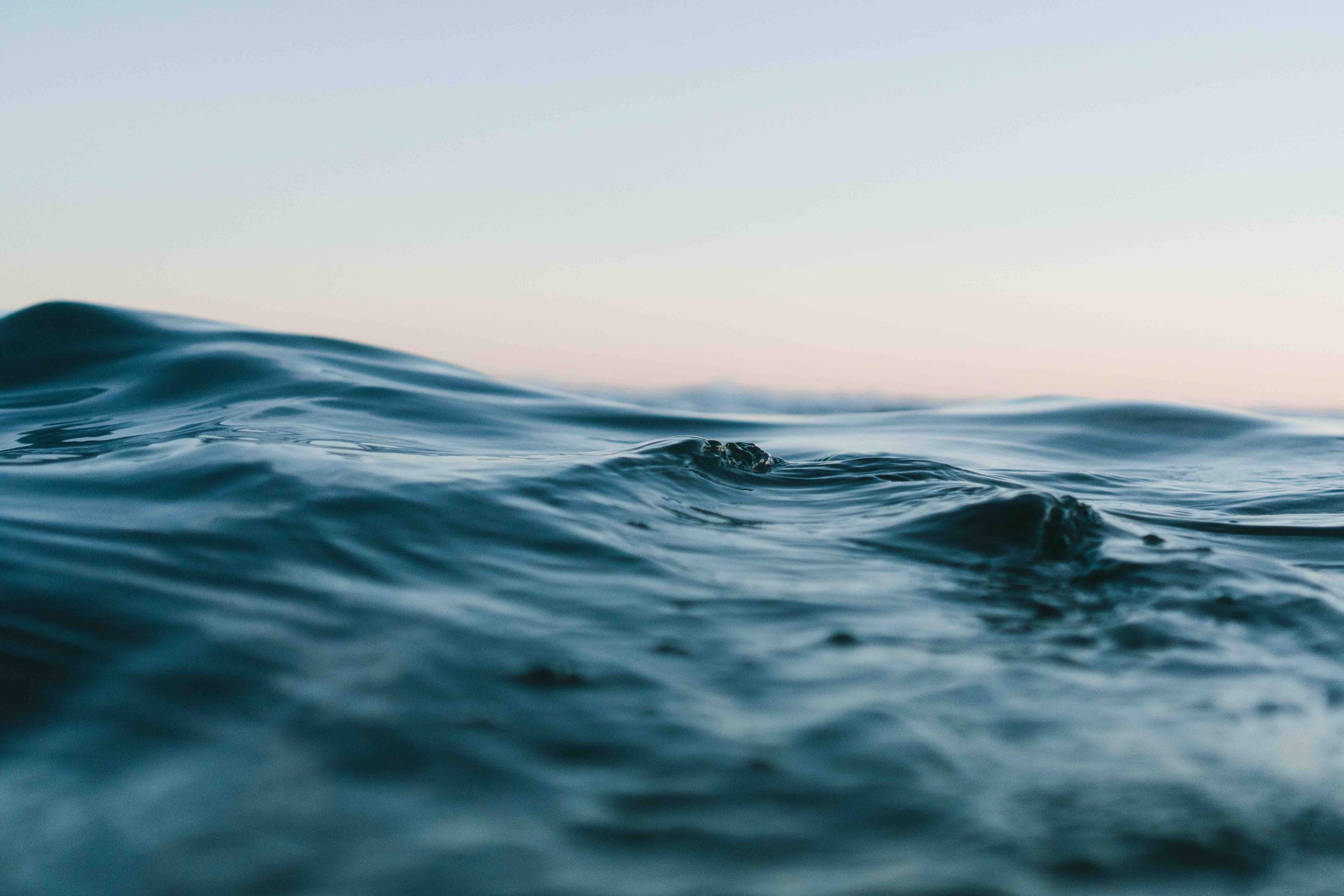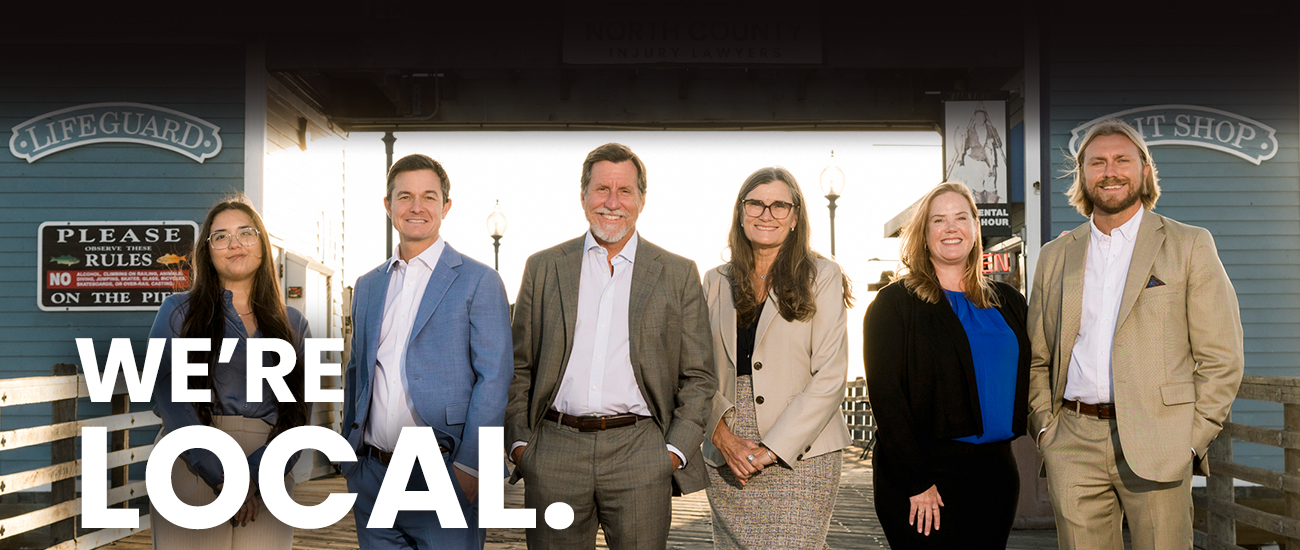- Free Consultation: 760-571-5500 Tap Here to Call Us
Drowning and Dry Drowning: What You Should Know

Whether you and your family are swimming in a pool or the ocean in Carlsbad or another location in Southern California, it is important to understand the seriousness of drowning risks. In addition to drowning risks, you should also learn more about the different types of drowning — drowning, as well as dry drowning or secondary drowning — and possible sources of liability for these serious and deadly accidents. While children are often the ones who suffer serious and life-threatening harm in drowning incidents, it is important to know that anyone can drown or suffer from dry drowning, including adults who are seasoned swimmers. Our Carlsbad drowning injury lawyers can tell you more.
Drowning: What is it and How Does it Happen?
According to the Centers for Disease Control and Prevention (CDC), drowning is “the process of experiencing respiratory impairment from submersion or immersion in liquid.” It can be nonfatal or fatal. The CDC reports that for children aged 1 to 4, drowning is the leading cause of death, and it is the second-leading cause of death among children aged 5 to 14. Drowning can also occur in adult swimmers, even those with experience, due to dangerous tides, intoxication, and other injuries in the water.
Dry Drowning or Secondary Drowning
Dry drowning is extremely rare, according to WebMD, and only makes up about 1% to 2% of drowning cases. However, it is also extremely serious. It refers to a nonfatal drowning complication where fluid can build up, and 24 hours after a drowning incident, a person might be unable to breathe. Dry drowning can be fatal.
Liability for Drowning and Dry Drowning Incidents in Southern California
Who might be responsible for a drowning or dry drowning injury or death in Southern California? It will depend upon the circumstances of the incident. In some cases, the owner of the premises where the accident occurred could be liable. Under other circumstances, the drowning or dry drowning might have occurred because of a defect in a pool or hot tub, and the designer, manufacturer, or retailer could be liable. Sometimes a lifeguard fails to perform their duty due to negligence, and the lifeguard or the lifeguard’s employer could be potentially liable. And in some cases, multiple parties could be at fault. Some examples include:
- Residential pool or hot tub owner;
- Hotel or motel owner;
- Designer, manufacturer, or retailer of a pool or hot tub;
- Lifeguard; or
- Employer of a lifeguard.
To hold one of these parties or another party accountable, the California statute of limitations usually requires you to file a lawsuit within two years from the date of the drowning incident. However, in some cases — such as drownings that occur on public property — you must meet a shorter timeline of either six months or one year.
Contact a Carlsbad Personal Injury Lawyer Today
If you or your child suffered serious harm, or if you lost someone you love in a drowning or dry drowning accident, you could be eligible to file a claim. Depending upon where the incident occurred and how it happened, various parties could be liable. You may be able to hold one or more parties accountable by filing a personal injury lawsuit. Contact the Walton Law Firm today for us to assess your case and discuss your options for seeking financial compensation.
See Related Blog Posts: Hotel Safety and Liability in Encinitas New Study Suggests Brain Injury May Increase Risk of Brain Cancer









